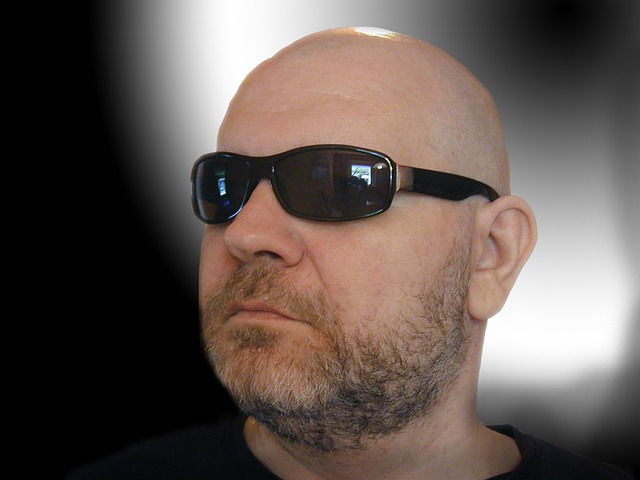
In a new study, researchers develop a flexible, wearable photo-stimulator that speeds up hair growth.
This device may help treat alopecia or excessive hair loss in the future.
Hair loss can cause stress and anxiety in people who suffer from it.
Affecting millions of men and women worldwide, alopecia has several known causes, including heredity, stress, aging and elevated male hormones.
Common treatments include medications, such as minoxidil, corticosteroid injections, and hair transplant surgery.
In addition, irradiating the bald area with a red laser can stimulate hair follicles, causing cells to proliferate.
Previous studies have shown that the stimulation method can help regrow hair, but the equipment is often large, consumes lots of energy and is difficult to use in daily life.
It is important to develop a flexible, durable photo-stimulator that could be worn on the human skin.
In the study, the team fabricated an ultrathin array of flexible vertical micro-light-emitting diodes (μLEDs).
The array consisted of 900 red μLEDs on a chip slightly smaller than a postage stamp and only 20 μm thick.
The device used almost 1,000 times less power per unit area than a conventional phototherapeutic laser, and it did not heat up enough to cause thermal damage to human skin.
The array was sturdy and flexible, enduring up to 10,000 cycles of bending and unbending.
The researchers tested the device’s ability to regrow hair on mice with shaved backs.
They found that compared with untreated mice or those receiving minoxidil injections, the mice treated with the μLED patch for 15 minutes a day for 20 days showed significantly faster hair growth, a wider regrowth area, and long hairs.
The study is published in ACS Nano.
Copyright © 2018 Knowridge Science Report. All rights reserved.
Source: ACS Nano.



